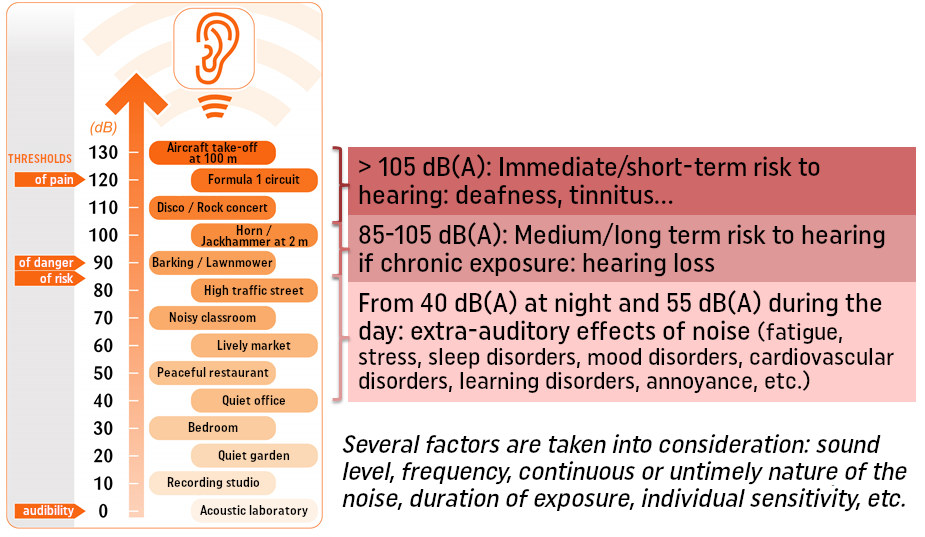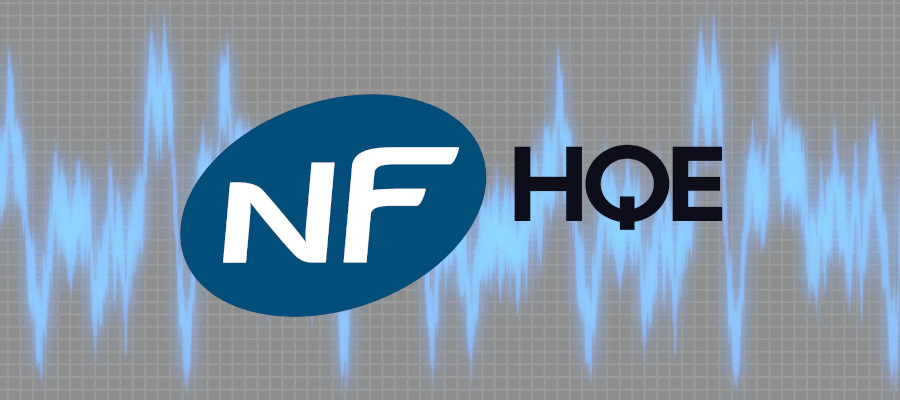Ceiling fan acoustics: focus on the NF Habitat HQE label
The arrival of the ceiling fan in RE2020 has prompted several home builders to ask us about the noise levels to be achieved under the label.
The October 2021 construction standards available here do not give specific written values for the noise level of ceiling fans. However, it does indicate[1], for the noise level of “other individual heating and air-conditioning appliances”, a sound pressure level (LnAT) less than or equal to 35 dB(A) in main rooms and 30 dB(A) in bedrooms.
At maximum speed, most ceiling fans on the market reach a noise level of between 35 and 45 dB(A).
In these conditions, it seemed essential to obtain from the certifying body[2], the framework given to auditors concerning ceiling fans.
So we contacted CERQUAL, and here’s the written response we received.
“Regarding ceiling fans, as part of the NF Habitat and NF Habitat HQE standards:
- no maximum value is set in the dwelling – 35 dB(A) or other – in the dwelling equipped with this cooling system.
- the sound power level must remain less than or equal to 30 dB(A), as measured in the neighboring dwelling.”
These elements remain provisional until the reference system is updated.
As a reminder, the ceiling fan is included in the standards, and earns 3 points in NF Habitat HQE (p. 113), as does the Provençal well.
The standard includes the following details.
- At a minimum, a ceiling fan is installed in the living room;
- The minimum height between the finished floor and the air blower blades is set at 2.30 m (reduced to 2.20 m if a safety device is installed);
- The installed air blower has a manual control with two or three speed levels;
- Only one type of fan is permitted per partitioned room;
For reasons of efficiency, we recommend ceiling fans with a diameter greater than 1.20 m, wooden or plastic blades and a minimum angle of attack of 10°.

Figure 1: BruitParif decibel scale


